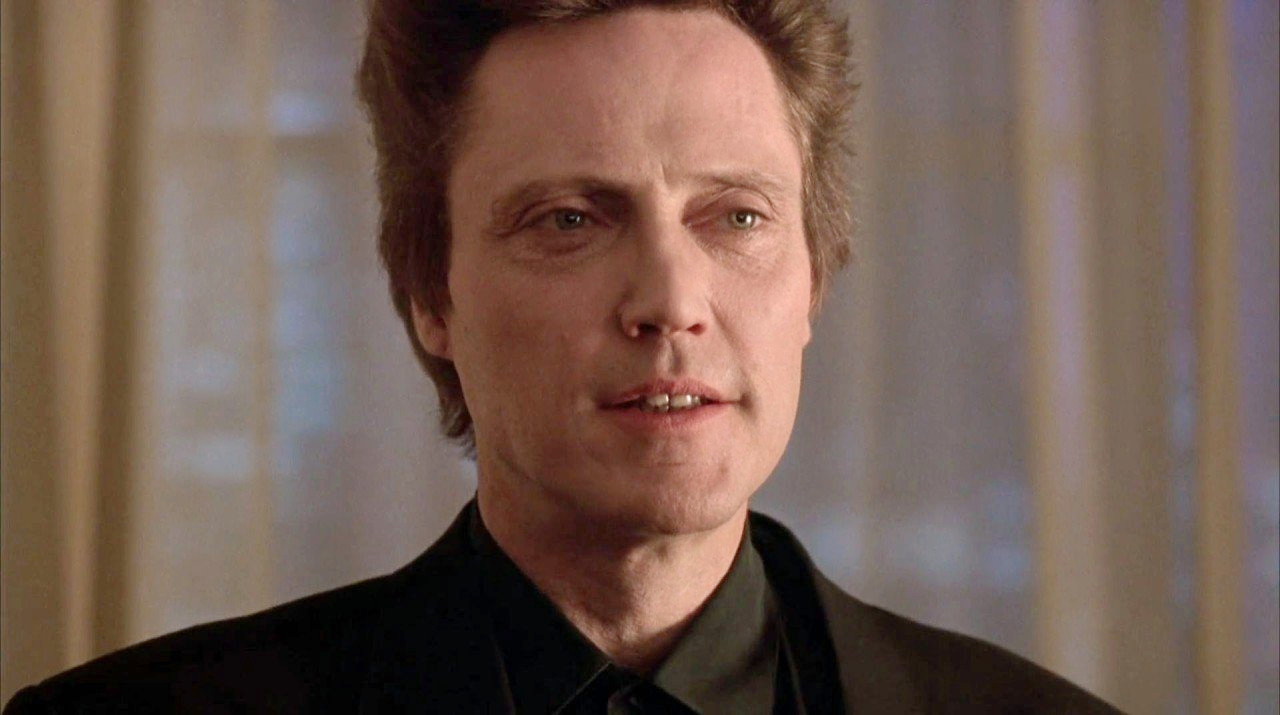
Today, with hindsight, critics recognise the 1990s as a belle époque in cinema history. The talent that this decade gave stage to was astonishing, especially in the form of the crime genre. Audiences were assured to see at least one defining crime classic every single year of the decade.
As a sequel to the previous article listing under-regarded crime movies of the ‘90s, this list will detail additional titles which made both the genre and the decade remarkable.
1. King of New York (Abel Ferrara, 1990)
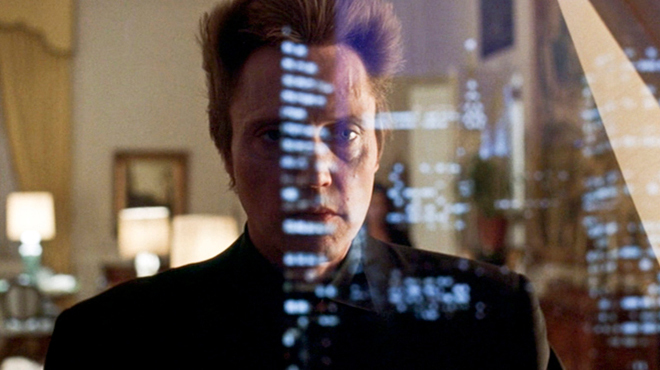
Drug warlord Frank White (Christopher Walken) is released from prison. After reuniting his old gang, he reasserts his power and reforges his empire. Simultaneously making charitable efforts to improve New York City, he’s targeted by a sector of vigilante cops. The movie features Laurence Fishburne, David Caruso, Wesley Snipes, Victor Argo, Paul Calderón and Steve Buscemi. It was written by Ferrara’s regular collaborator Nicholas St. John and financed by future Italian prime minister Silvio Berlusconi.
King of New York garnered mixed reviews and was brushed off in favour of better-publicised gangster films of 1990, like Goodfellas and The Godfather Part 3. In retrospective analysis, it’s been identified as a decade-defining piece, arguably Ferrara’s best film and a crucial chapter in gangster cinema. It’s bold, stylish and atmospheric, iconoclastic of the late-‘80s, early-‘90s hip-hop aesthetic. Shot almost entirely on rainy nights, Ferrara builds a chiaroscuro look which matches the macabre personalities of his characters.
Like the impeccably-tailored costumes, the location choices contribute to King of New York’s evocation of the criminal underbelly. Seedy, abandoned, graffitied warehouses are suitably selected as sets – ubiquitous in New York City before its 21st century gentrification. As usual, Walken’s acting is phenomenal and hypnotic. He supplies a poker-faced, tiger-like turn as Frank White, steering from joviality and dancing to psychopathy without forewarning. He’s matched in quality by a breakout role from Laurence Fishburne as White’s cocky righthand man. The two participate in one of the most riveting car chases in film lore.
The narrative exhibits racial divisions in the U.S., at the same time as warranting the audience to question what constitutes a villain in their eyes. Both sides of the law are painted with equally deplorable and redeeming characteristics. Quentin Tarantino has expressed his admiration for King of New York and how it spurned his filmmaking. This is noticeable in the film’s overall style and Tarantino’s choice of casting Paul Calderón and Steve Buscemi in his own work. King of New York’s influence expands further, with late rapper The Notorious B.I.G. having used the moniker Frank White in several of his songs.
2. Down Among the Big Boys (Charles Gormley, 1993)
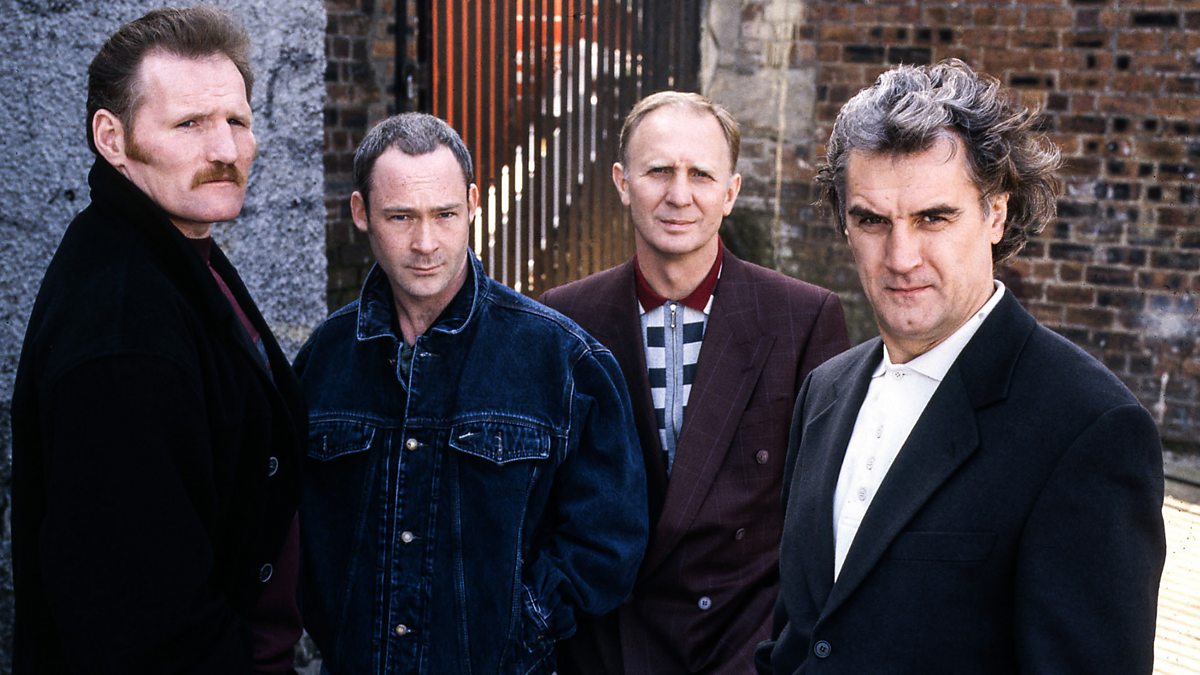
This TV movie is a Scottish gangster reimagining of Romeo and Juliet. Jojo (Billy Connolly) is an infamous thief in Glasgow. Tension swells when his daughter gets engaged to a detective, whose father is the most hard-lined sergeant on the force.
Down Among the Big Boys is a fitting vehicle for Britain’s most beloved standup comedian, Billy Connolly. He gifts the film with his vitality, intelligence and comic flair, supported by prime Scottish talent like Rab Affleck. Like Connolly’s standup material, the movie’s an ideal showcase for Glasgow’s unique, cheeky black comedy. By this token, the city’s sectarian conflicts are addressed in tongue-in-cheek fashion.
Whilst the Orange walk (a parade extolling protestant pride) transpires on a street, in a bank vault below, Jojo and his crew of catholic robbers blow open the doors to safety deposit boxes with explosives every time the drums beat. Down Among the Big Boys is shot as roughly as the smoke-filled pubs it depicts, communicating the culture of Glasgow. It features a cameo from Gary Lewis as a hapless alcoholic. 9 years later, Lewis would shine in Martin Scorsese’s Gangs of New York.
3. The Getaway (Roger Donaldson, 1994)
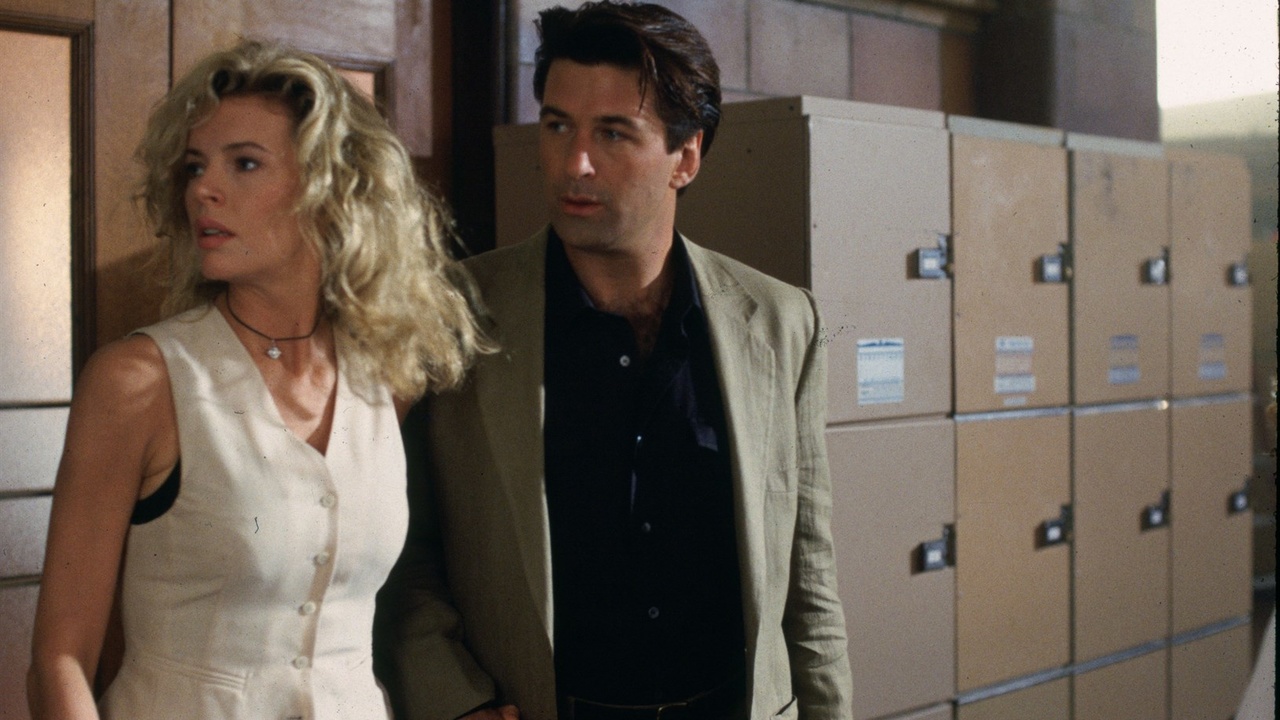
Doc (Alec Baldwin) pulls off a heist at a dog racing track in Arizona and flees with his wife Carol (Kim Basinger). The criminal who assisted Doc with the robbery, Rudy (Michael Madsen), attempts to double-cross him. Doc and Carol race for the Mexican border, but are tailed by Rudy and the police. There’s an early role from the late, great Philip Seymour Hoffman, cast against type, as well as James Woods, Jennifer Tilly and The Straight Story’s Richard Farnsworth.
The classic Bonnie and Clyde-esque story is an adaptation of Jim Thompson’s 1958 novel and a remake of the 1972 version starring Steve McQueen. Director Walter Hill penned the screenplay for both the ‘72 and ‘94 iterations. In 1994, The Getaway was met with terrible reviews. It was even condemned by Baldwin himself, regardless of his sterling lead performance. However, ‘90s neo-noir cinema god Michael Madsen, a highlight of the movie, has rightly defended it.
In essence, The Getaway’s simply an entertaining, intense Americana heist-road movie with enough twists, car chases, double-crosses and high-octane gunfights to satisfy any neo-noir fan. It climaxes with an epic shootout at an El Paso hotel. This action set piece is as exhilarating as one can find anywhere in the genre. Additionally, the screenplay offers a subtextual assessment of capitalism and the American Dream. Viewers are recommended to ignore the film’s unprecedented abysmal reviews and revel in its sleazy popcorn fun.
4. The Passion of Darkly Noon (Philip Ridley, 1994)
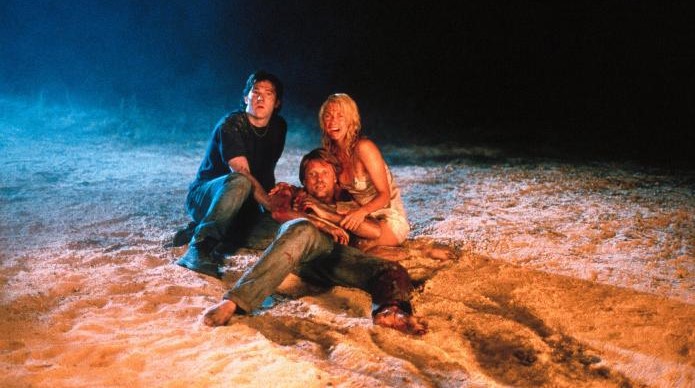
An innocent evangelical Christian, Darkly Noon (Brendan Fraser), escapes through the wilderness of North Carolina’s Appalachian Mountains. After collapsing, he’s rescued by the sensual Callie (Ashley Judd) and sheltered in her forest home. Darkly develops a romantic obsession with Callie. When her mute husband, Clay (Viggo Mortensen), returns home, Darkly’s jealousy triggers an alteration in his personality.
Horror-crime-arthouse-thriller The Passion of Darkly Noon is one of the most underrated and unusual films of the 20th century. Since its release, it’s been unfairly misunderstood and maligned. In truth, it’s the spellbinding opus of English renaissance man Philip Ridley (The Reflecting Skin), who’s also a celebrated poet, painter, novelist, playwright, photographer and children’s author. What is more, next to The Whale, the movie marks Fraser’s most accomplished and intelligently constructed performance, showcasing his surprising range.
Every shot of the film deserves to be hung in a fine art gallery, reflecting the atmospheric works of Edward Hopper and Andrew Wyeth. Tonally, it animates the abstraction of poetry through its sparklingly-lit, surrealist moving paintings. This is palpable when Darkly watches a large, silver shoe gliding hypnotically and inexplicably down a river.
Thematically, the piece exposes the fallibility of conformity to rigid ideologies. This can be interpretable as applicable to any dogma that imposes psychological bondage. The narrative demonstrates the tragedy that can be caused by thoughtless obedience, the ramifications which our perceptions towards others can have.
Moreover, it examines the perverse manifestation of emotional repression, sexual rivalry and a debate between the values of modernity versus traditionalism and religion, permitting room for multiple readings. There’s no other film remotely akin to The Passion of Darkly Noon. It’s a treasure to discover and an impressionistic experience one will never forget.
5. Last Man Standing (Walter Hill, 1996)
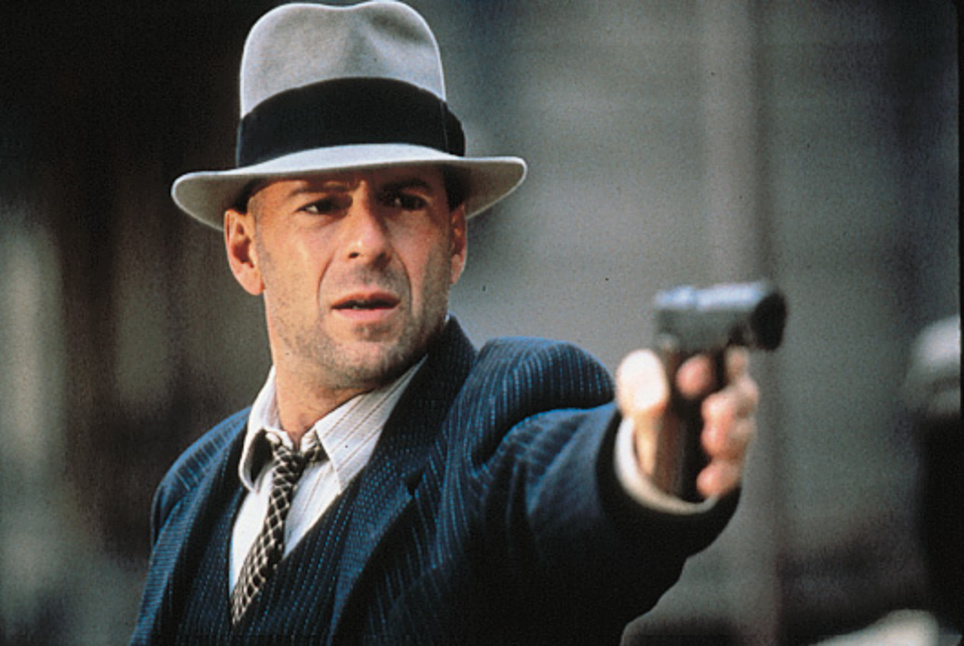
In the 1930s, ‘John Smith’ (Bruce Willis) drives into the town of Jericho on the Texas-Mexico border. Jericho’s been colonised by Italian and Irish American mobsters from Chicago in order to import alcohol from Mexico. Regularly switching allegiances, Smith attempts to coerce the gangsters into eviscerating one another for his own financial gain. Christopher Walken, William Sanderson (Blade Runner), Bruce Dern, Michael Imperioli (The Sopranos) and Leslie Mann (Knocked Up) comprise the cast.
Walter Hill’s mafia western is a reimagining of Akira Kurosawa’s Yojimbo (1961) and its remake: A Fistful of Dollars (1964). Indeed, stylistically, Last Man Standing owes a debt to Sergio Leone. The renowned Ry Cooder (Paris, Texas) contributes his hallucinogenic slide guitar to the score. The film was a box office bomb and considered with a negative critical reaction. What reviewers forsook was its straightforward entertainment value, interesting plot and trigger happy shootouts.
The redolent set design, sepia colour grading, hardboiled narration and period costumes facilitate the fantasy of its heightened world, which Hill described as “a ‘once upon a time’ mythic-poetic situation.” In a broader context, the movie represents a microcosm of ethnic tensions and conflicts in the United States – as pertinent today as it was in ‘96.
Willis is a reliably macho, beguiling action star, though it’s Christopher Walken who conveys the film’s most skilled performance as the sly, psychotic, Tommy gun-rattling Hickey. Undeserving of its status, satisfying genre entry Last Man Standing will be of interest to fans of violent action flicks. Furthermore, it’s recommendable to those in search of prohibition-era crime fiction, like Bonnie and Clyde or Boardwalk Empire.